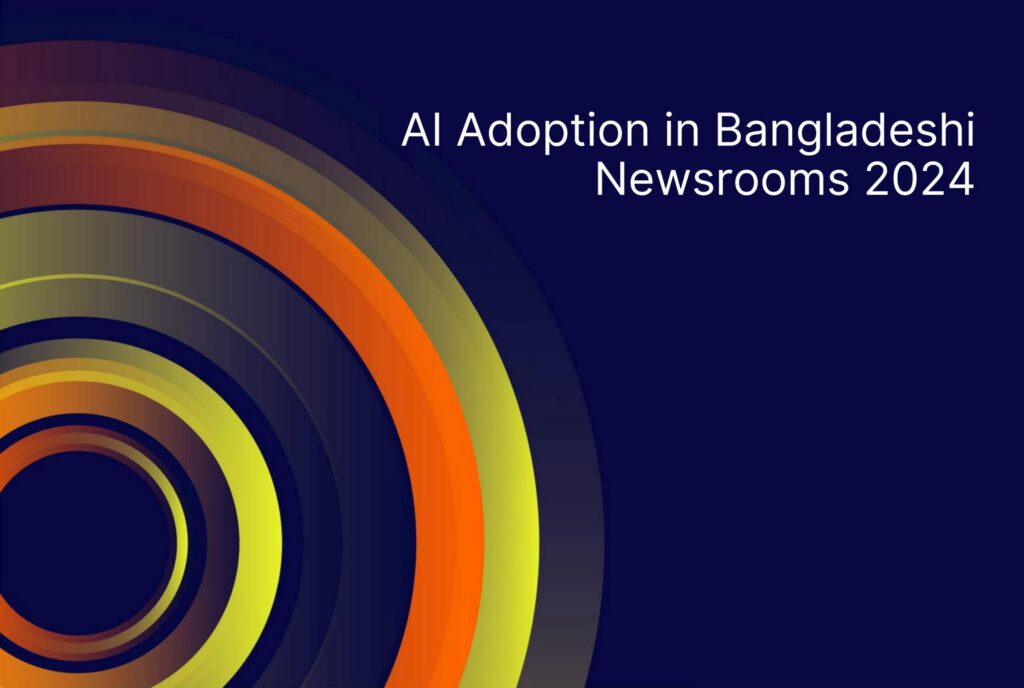As the swift technological changes are driving a global transformation in journalism, fundamentally altering the process of news gathering and dissemination, Artificial Intelligence (AI) has emerged as a defining factor in reshaping the field. Many newsrooms globally are leveraging the power of Al for efficient content creation and expanding audience engagement. From automating routine tasks to providing insights through data analysis, use of Al is increasing due to its efficiency and quick responses. The global media industry is currently experiencing a transition as artificial intelligence tools are reshaping traditional newsroom practices and storytelling methods.
However, the adoption of Al in journalism brings unique challenges too, including concerns about misinformation, biases in Al tools and fears around job security. The ethical use of AI remains a concern as well. Despite these challenges, if implemented ethically and strategically. Al has the potential to act as a powerful ally in overcoming systemic issues to reshape journalism into a more resilient and responsive domain.
The Media Resources Development Initiative (MRDI), in collaboration with Digitally Right Limited (DRL) and support from The Asia Foundation (TAF), conducted a comprehensive study on the adoption of Artificial Intelligence (AI) in Bangladeshi newsrooms.
The study explores the knowledge, use, adoption and future demands of Al in Bangladeshi newsrooms and assesses the policies and practices necessary for its ethical and responsible integration. With a view to identifying the needs and gaps that must be addressed for greater Al adoption in the sector, the report offers actionable recommendations for fostering responsible Al integration with emphasis on Al literacy, ethical practices and sustainable implementation for quality journalism in Bangladesh.
The study reveals a striking disconnect between potential and practice in terms of Al adoption in Bangladesh newsrooms. While journalists use Al tools for basic tasks like writing, editing and translation, they are reluctant towards deeper integration. At an individual level, this reluctance stems not just from technological skepticism, but from lack of access and knowledge, deep-rooted cultural inertia and fears about job security. At the institutional level, resistance to change, lack of strategic vision, and limited organizational support hamper the broader application of Al in newsrooms.
These barriers are intensified by insufficient investment in training, lack of clear policies on Al usage, and worries on maintaining journalistic integrity, all of which prevent the successful integration of Al technologies. Notably, newsrooms prioritize immediate output over systematic implementation, resulting in a shallow engagement with Al’s capabilities.


